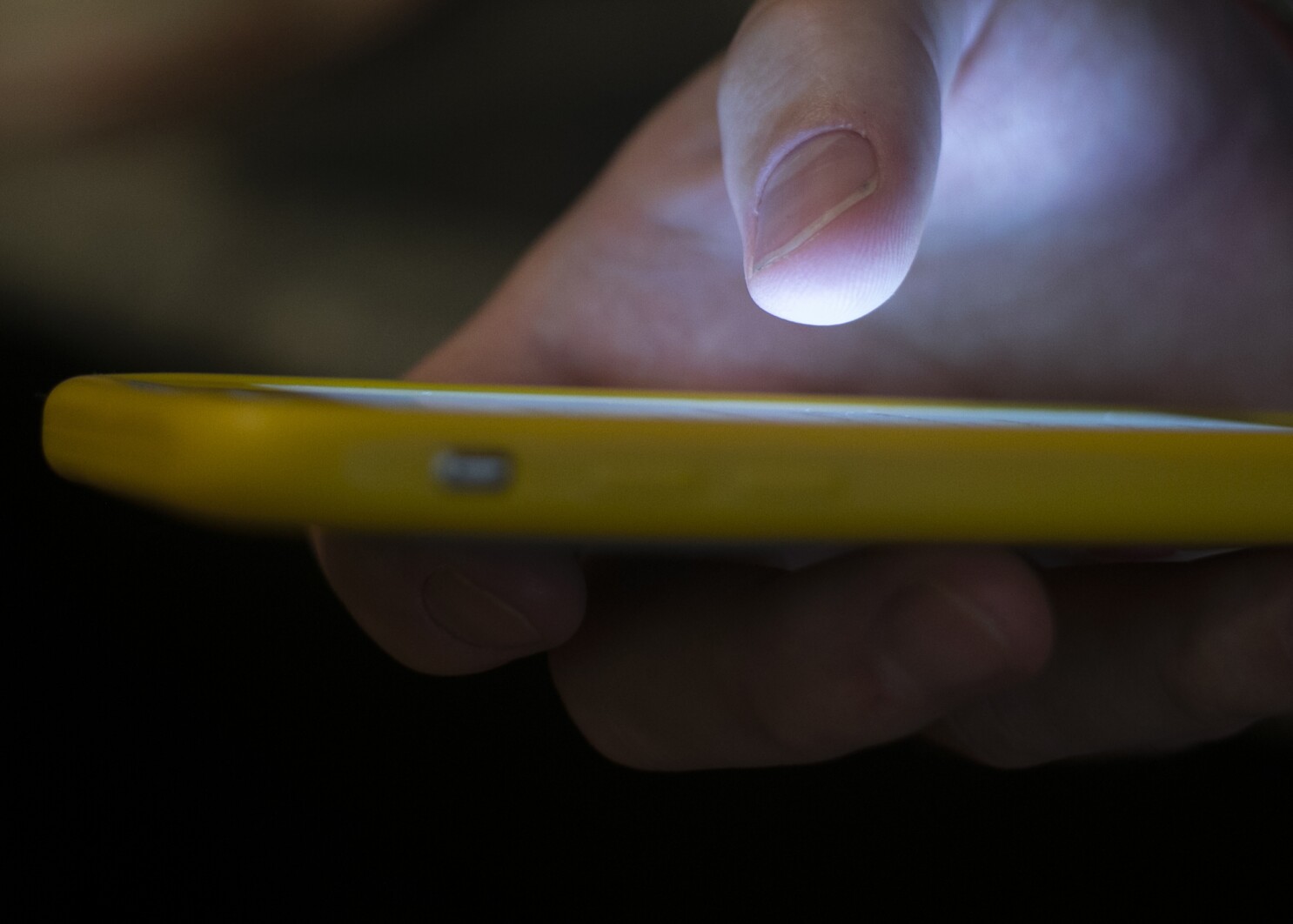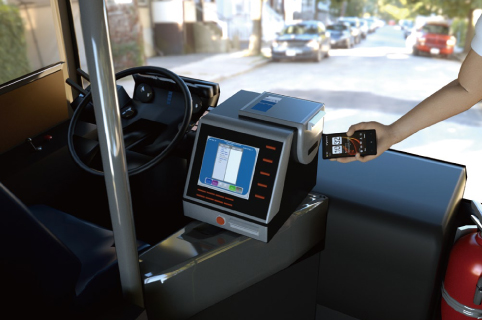- List of the Best Poco Mobile Price in India 2021 with Price in India for February 2021. Check out the Latest Poco Mobile Price in India 2021 Price, Specifications, Features and User Ratings at MySmartPrice.
- A pico projector device used with a mobile phone is disclosed. The pico projector device used with a mobile phone includes: a housing; a connector, partially exposed from the housing, for connecting with the mobile phone; and a pico projector module, provided in the housing, for projecting an image under control of the mobile phone based on an image signal from the mobile phone through the.
- The Pico Mobile combines a breakthrough, real-time laser absorption spectrometer with built-in GPS capability to produce the world’s smallest, most powerful natural gas leak-mapping tool. The Pico Mobile LDS operates in the mid-IR, achieving unparalleled, simultaneous methane and ethane sensitivity at the ppb per second level.
- Pico Mobile Phones & Portable Devices Driver Wireless
- Pico Mobile Phones & Portable Devices Driver Download
- Pico Mobile Phones & Portable Devices Drivers
- Pico Mobile Phones & Portable Devices Driver Updater
- Pico Mobile Phones & Portable Devices Driver
Pico Client provides high quality Voice over IP calls via existing mobile phones (using WiFi and cellular data). This enhances standard GSM Mobile Networks by taking advantage of widespread data connectivity available today via WiFi hotspots and cellular data networks. 2020 JD mobile phone promotional campus concert Event Marketing Pico Insight The choice of venue was particularly apt, as the brand offers a range of products and personalised services with great potential appeal among tech-savvy modern students.
A picocell is a small cellular base station typically covering a small area, such as in-building (offices, shopping malls, train stations, stock exchanges, etc.), or more recently in-aircraft. In cellular networks, picocells are typically used to extend coverage to indoor areas where outdoor signals do not reach well, or to add network capacity in areas with very dense phone usage, such as train stations or stadiums. Picocells provide coverage and capacity in areas difficult or expensive to reach using the more traditional macrocell approach.[1]
Overview[edit]
In cellular wireless networks, such as GSM, the picocell base station[2] is typically a low-cost, small (typically the size of a ream of A4 paper), reasonably simple unit that connects to a base station controller (BSC). Multiple picocell 'heads' connect to each BSC: the BSC performs radio resource management and hand-over functions, and aggregates data to be passed to the mobile switching centre (MSC) or the gateway GPRS support node (GGSN).

Connectivity between the picocell heads and the BSC typically consists of in-building wiring. Although originally deployed systems (1990s) used plesiochronous digital hierarchy (PDH) links such as E1/T1 links, more recent systems use Ethernet cabling. Aircraft use satellite links.[3]
More recent work has developed the concept towards a head unit containing not only a picocell, but also many of the functions of the BSC and some of the MSC. This form of picocell is sometimes called an access point base station or 'enterprise femtocell'. In this case, the unit contains all the capability required to connect directly to the Internet, without the need for the BSC/MSC infrastructure. This is a potentially more cost-effective approach.
Picocells offer many of the benefits of 'small cells' (similar to femtocells) in that they improve data throughput for mobile users and increase capacity in the mobile network. In particular, the integration of picocells with macrocells through a heterogeneous network can be useful in seamless hand-offs and increased mobile data capacity.[4]
Picocells are available for most cellular technologies including GSM, CDMA, UMTS and LTE from manufacturers including ip.access, ZTE, Huawei and Airwalk.[5]
Range[edit]
Typically the range of a microcell is less than two kilometers wide, a picocell is 200 meters or less, and a femtocell is on the order of 10 meters,[6] although AT&T calls its product, with a range of 40 feet (12 m), a 'microcell'.[7] AT&T uses 'AT&T 3G MicroCell' as a trademark and not necessarily the 'microcell' technology, however.[8]
See also[edit]
References[edit]
- ^'picocell primer'. Eetimes. Retrieved 2010-12-21.
- ^'ip.access nanoBTS picocell'. ip.access. Retrieved 2010-12-21.
- ^'In-flight picocell connectivity'. Radio-Electronics. Archived from the original on 2010-10-07. Retrieved 2010-12-21.
- ^'Mobile Experts Picocell Forecast'.
- ^'picocell vendor matrix'. ABI Research. Archived from the original on 2011-07-18. Retrieved 2010-12-21.
- ^'Archived copy'. Archived from the original on 2011-04-16. Retrieved 2010-09-14.CS1 maint: archived copy as title (link)
- ^'Archived copy'. Archived from the original on 2010-02-21. Retrieved 2010-09-14.CS1 maint: archived copy as title (link)
- ^'AT&T 3G MicroCell - Wireless Signal Booster - Wireless from AT&T'. Wireless.att.com. Archived from the original on 2010-02-21. Retrieved 2014-03-17.
Pico Mobile Phones & Portable Devices Driver Wireless


A picocell is a small cellular base station typically covering a small area, such as in-building (offices, shopping malls, train stations, stock exchanges, etc.), or more recently in-aircraft. In cellular networks, picocells are typically used to extend coverage to indoor areas where outdoor signals do not reach well, or to add network capacity in areas with very dense phone usage, such as train stations or stadiums. Picocells provide coverage and capacity in areas difficult or expensive to reach using the more traditional macrocell approach.[1]
Overview[edit]
In cellular wireless networks, such as GSM, the picocell base station[2] is typically a low-cost, small (typically the size of a ream of A4 paper), reasonably simple unit that connects to a base station controller (BSC). Multiple picocell 'heads' connect to each BSC: the BSC performs radio resource management and hand-over functions, and aggregates data to be passed to the mobile switching centre (MSC) or the gateway GPRS support node (GGSN).

Pico Mobile Phones & Portable Devices Driver Download
Connectivity between the picocell heads and the BSC typically consists of in-building wiring. Although originally deployed systems (1990s) used plesiochronous digital hierarchy (PDH) links such as E1/T1 links, more recent systems use Ethernet cabling. Aircraft use satellite links.[3]
Pico Mobile Phones & Portable Devices Drivers
More recent work has developed the concept towards a head unit containing not only a picocell, but also many of the functions of the BSC and some of the MSC. This form of picocell is sometimes called an access point base station or 'enterprise femtocell'. In this case, the unit contains all the capability required to connect directly to the Internet, without the need for the BSC/MSC infrastructure. This is a potentially more cost-effective approach.
Picocells offer many of the benefits of 'small cells' (similar to femtocells) in that they improve data throughput for mobile users and increase capacity in the mobile network. In particular, the integration of picocells with macrocells through a heterogeneous network can be useful in seamless hand-offs and increased mobile data capacity.[4]
Picocells are available for most cellular technologies including GSM, CDMA, UMTS and LTE from manufacturers including ip.access, ZTE, Huawei and Airwalk.[5]
Pico Mobile Phones & Portable Devices Driver Updater
Range[edit]
Typically the range of a microcell is less than two kilometers wide, a picocell is 200 meters or less, and a femtocell is on the order of 10 meters,[6] although AT&T calls its product, with a range of 40 feet (12 m), a 'microcell'.[7] AT&T uses 'AT&T 3G MicroCell' as a trademark and not necessarily the 'microcell' technology, however.[8]
See also[edit]
References[edit]
- ^'picocell primer'. Eetimes. Retrieved 2010-12-21.
- ^'ip.access nanoBTS picocell'. ip.access. Retrieved 2010-12-21.
- ^'In-flight picocell connectivity'. Radio-Electronics. Archived from the original on 2010-10-07. Retrieved 2010-12-21.
- ^'Mobile Experts Picocell Forecast'.
- ^'picocell vendor matrix'. ABI Research. Archived from the original on 2011-07-18. Retrieved 2010-12-21.
- ^'Archived copy'. Archived from the original on 2011-04-16. Retrieved 2010-09-14.CS1 maint: archived copy as title (link)
- ^'Archived copy'. Archived from the original on 2010-02-21. Retrieved 2010-09-14.CS1 maint: archived copy as title (link)
- ^'AT&T 3G MicroCell - Wireless Signal Booster - Wireless from AT&T'. Wireless.att.com. Archived from the original on 2010-02-21. Retrieved 2014-03-17.
Pico Mobile Phones & Portable Devices Driver
